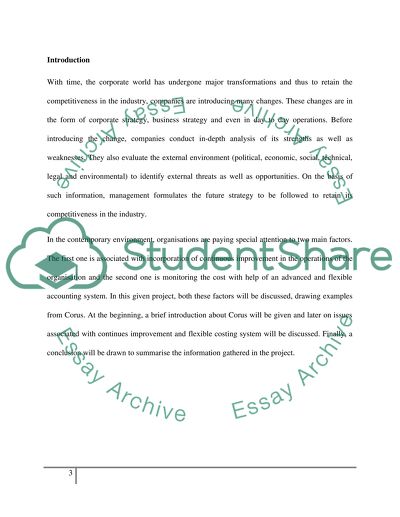Cite this document
(“Management Accounting Assesssment Coursework Example | Topics and Well Written Essays - 2000 words”, n.d.)
Retrieved from https://studentshare.org/finance-accounting/1409216-management-accounting-assesssment
Retrieved from https://studentshare.org/finance-accounting/1409216-management-accounting-assesssment
(Management Accounting Assesssment Coursework Example | Topics and Well Written Essays - 2000 Words)
https://studentshare.org/finance-accounting/1409216-management-accounting-assesssment.
https://studentshare.org/finance-accounting/1409216-management-accounting-assesssment.
“Management Accounting Assesssment Coursework Example | Topics and Well Written Essays - 2000 Words”, n.d. https://studentshare.org/finance-accounting/1409216-management-accounting-assesssment.


